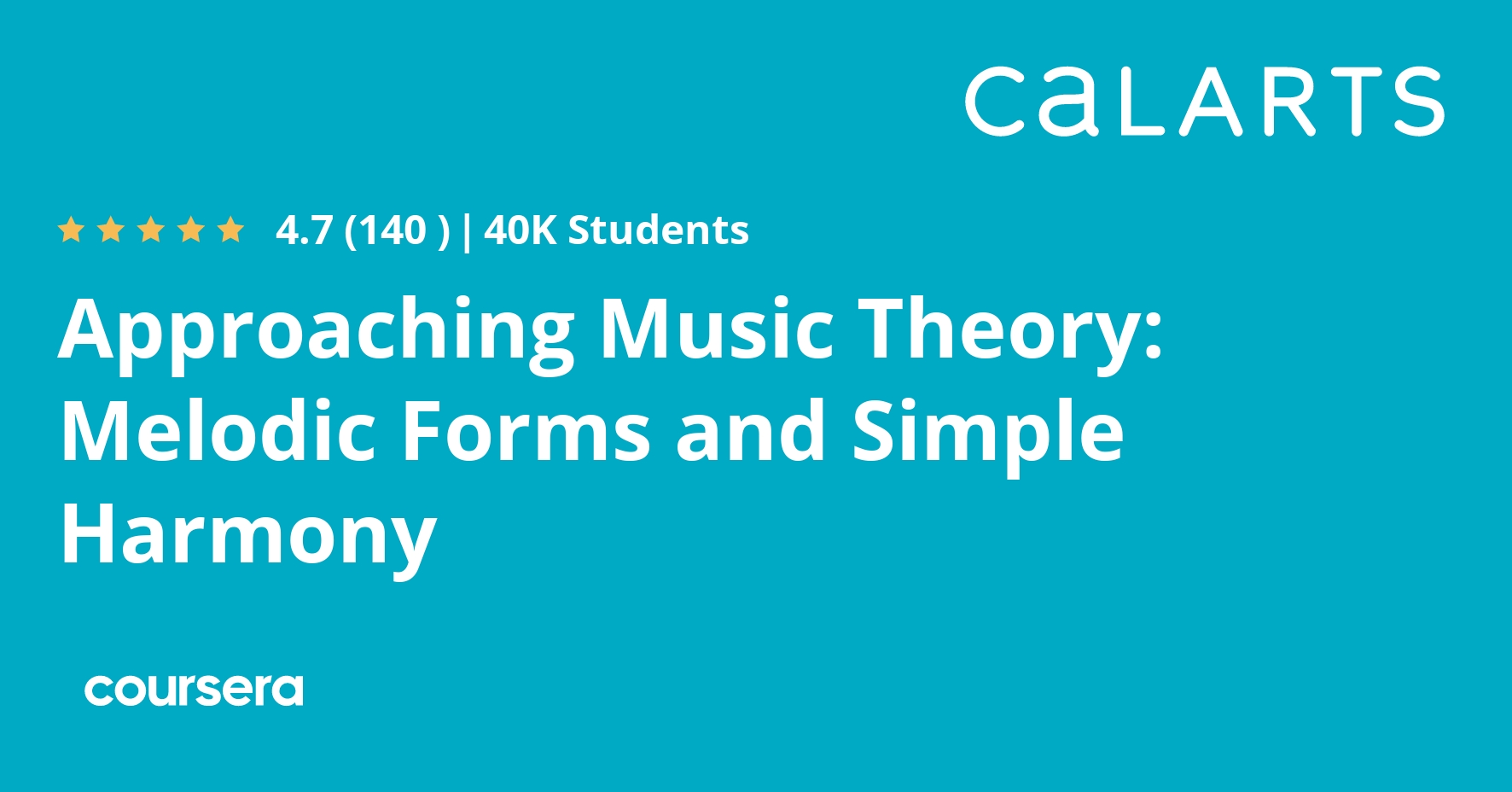Description
This course is about how music works. It is about the relationship between the technical and aesthetic details of music. It is also about how developing a meaningful theoretical vocabulary can help you think and talk about musical style, and how learning that vocabulary can expand your appreciation for music.
In this course you will learn music theory not by looking at theory itself, but by listening to, looking at, and—yes!—writing your own musical examples. By hearing, seeing, and writing yourself, you will learn about classical, modern, ancient, pop, jazz, and folk styles.
Through lectures, relevant examples, and numerous practice assignments, we will examine fundamental aspects of melody. We will move into working with two voices and counterpoint, and finally to three voices and the beginnings of harmonic function.
This is an intermediate-level course for musicians and composers who already have some understanding of music theory through previous study. If you are a musician or composer looking to build a deeper understanding of music theory for composing, performing, or improvisation, you have come to the right place. If you are an amateur lover of music or, perhaps, play a musical instrument and want to develop a deeper sense of appreciation for music theory, aesthetics, and history, you are also in the right place!







